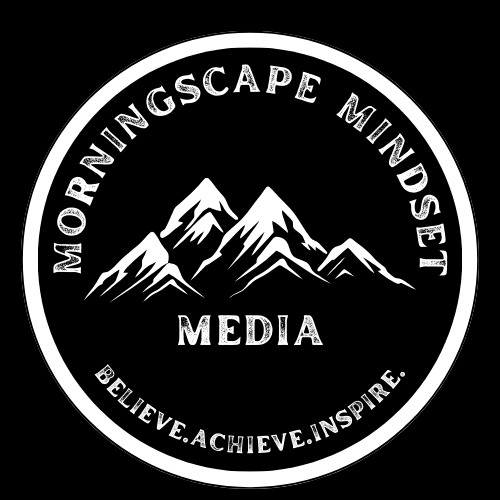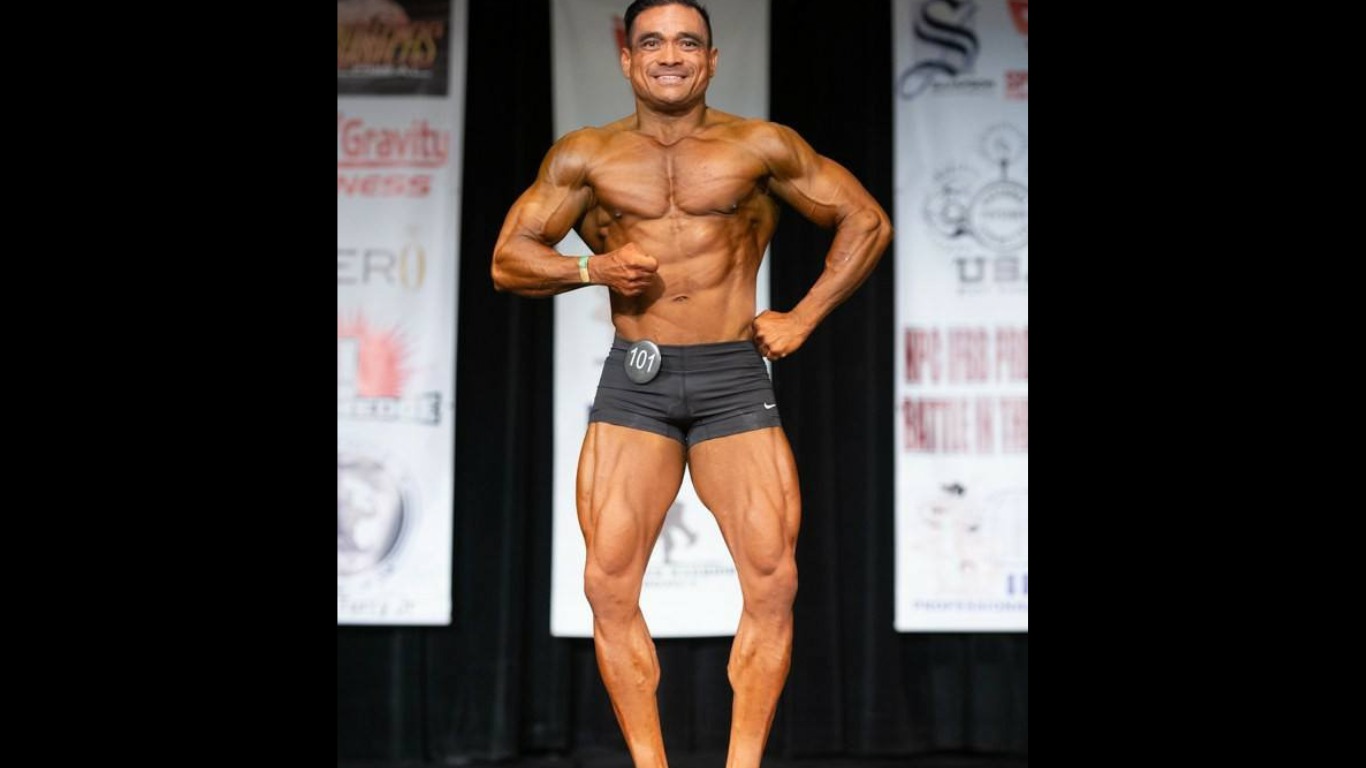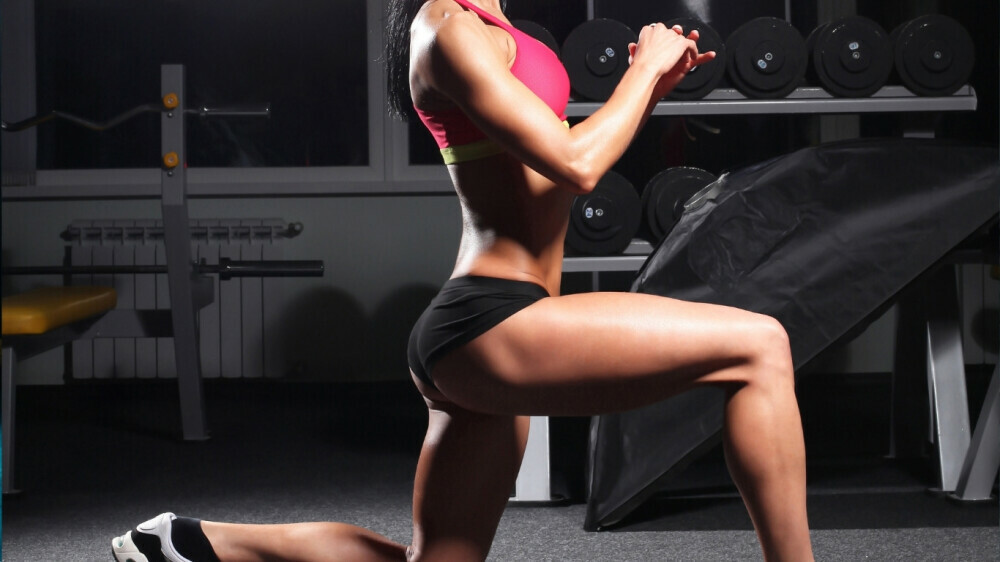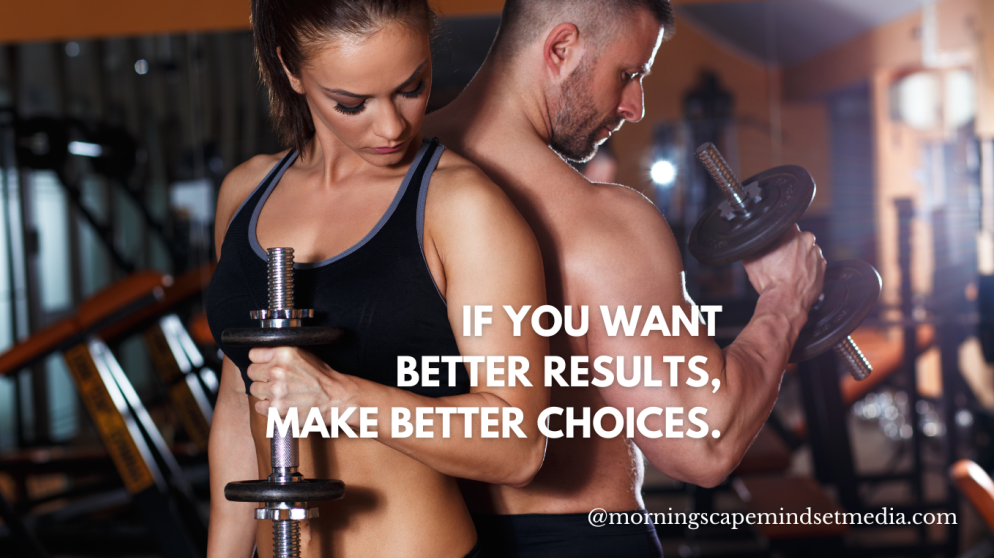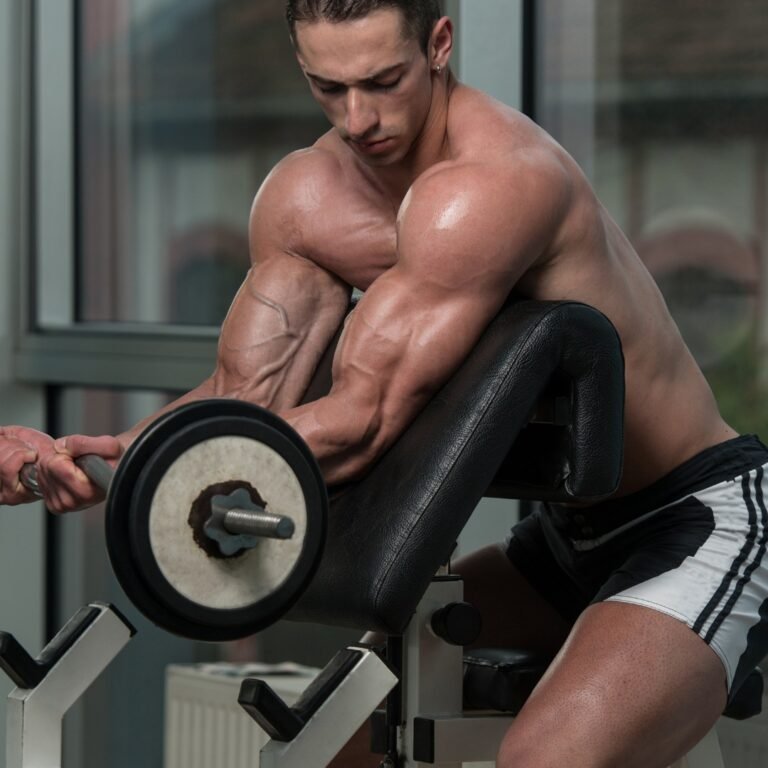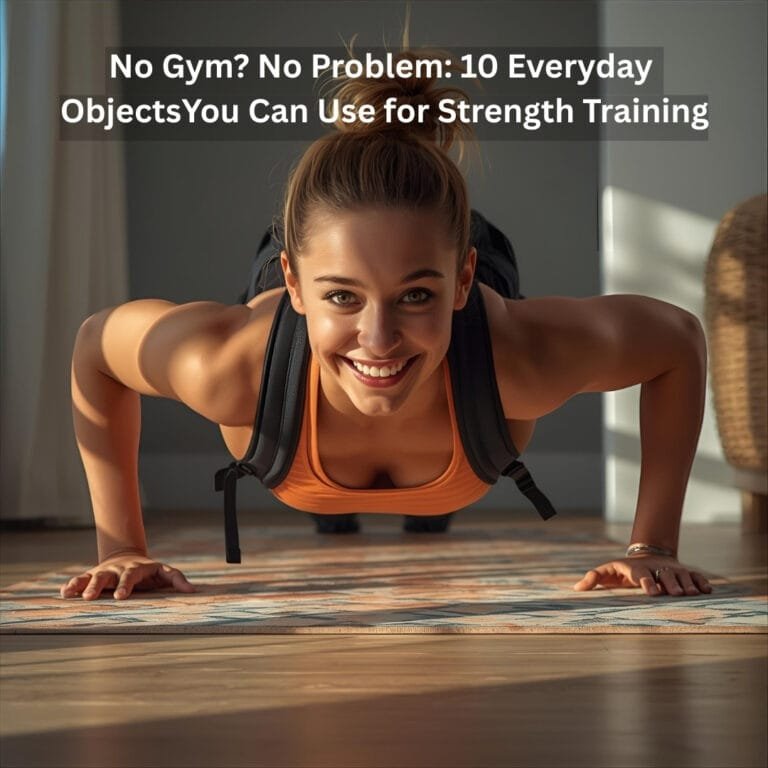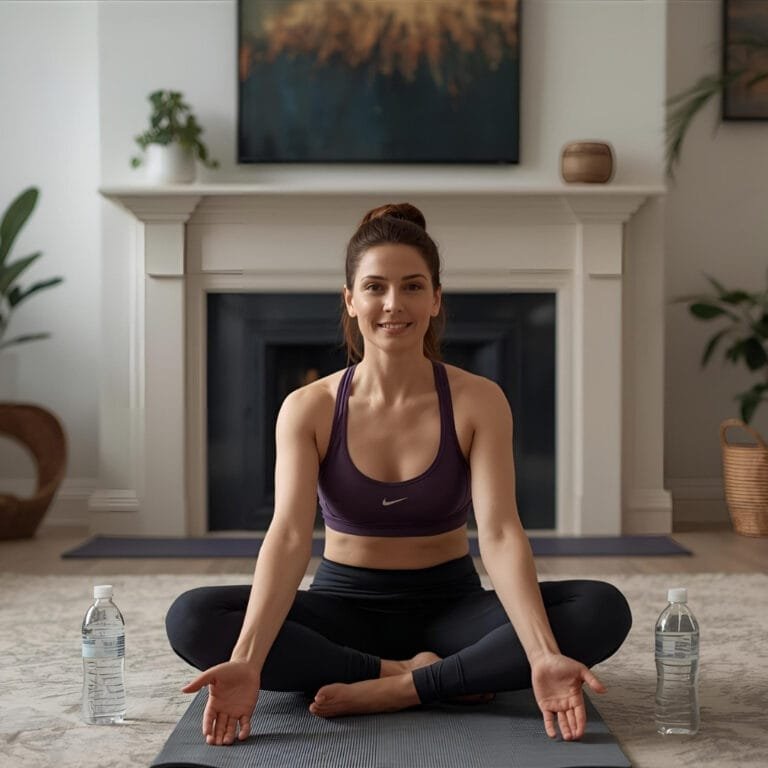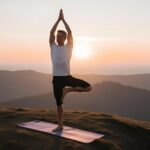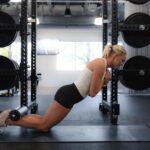Disclosure:
Thank you for reading this post, don't forget to subscribe!
Some of the links on this website are affiliate links. This means that if you click on the link and make a purchase, we may receive a small commission at no extra cost to you. Your support helps us keep the site running.Learn more on my Privacy Policy and Affiliate Disclosure page. Thank you for your support!
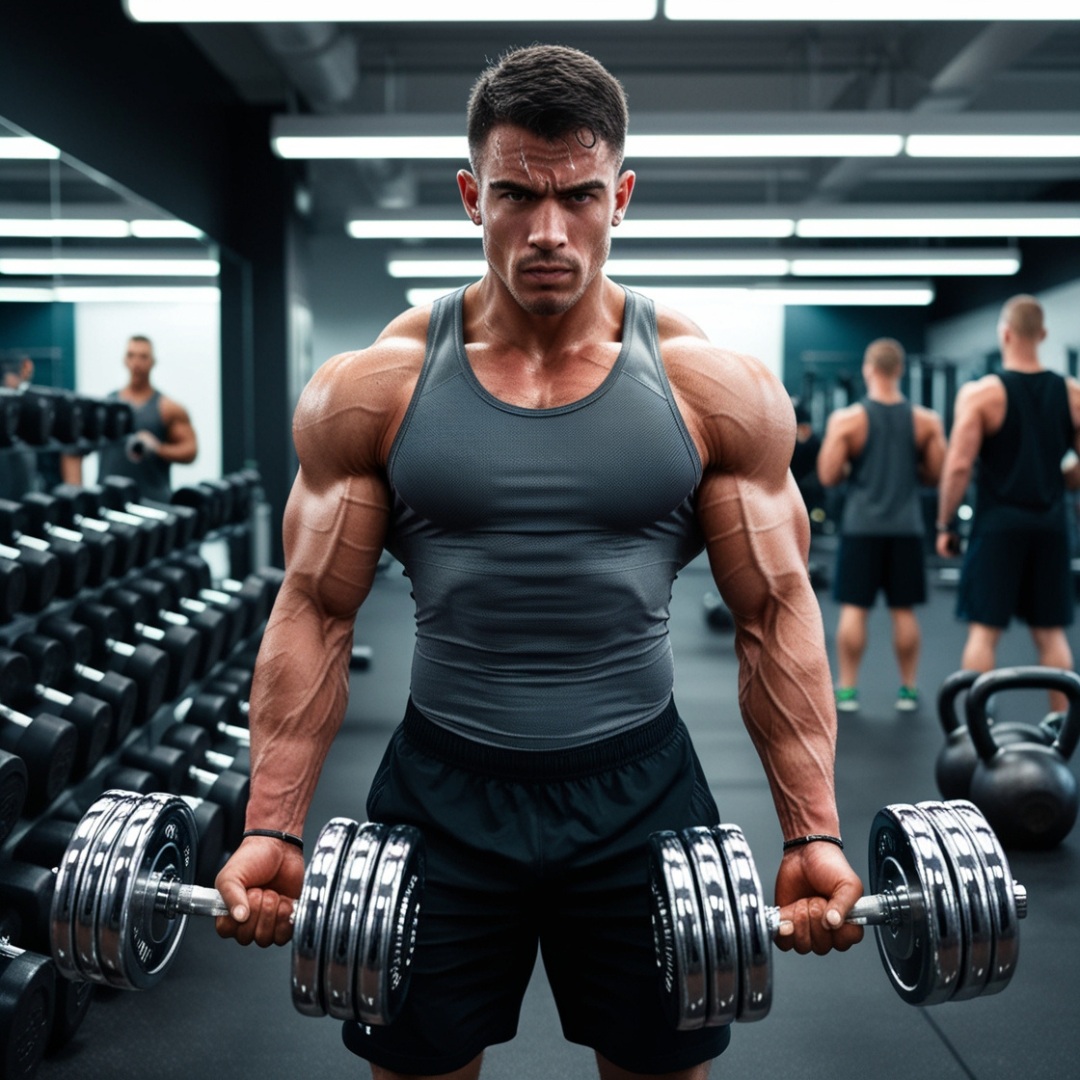
Bodybuilding might seem intimidating at first, but with the right knowledge and plan, anyone can start reaping the benefits of this incredible discipline. Whether you’re looking to improve your physique, build strength, or simply challenge yourself, bodybuilding offers a pathway to personal growth. This guide is designed to help beginners understand the essentials of bodybuilding, from setting goals to tracking progress. Let’s dive in!
Setting the Foundation: Understanding Bodybuilding
The Definition of Bodybuilding
At its core, bodybuilding involves the process of developing muscle mass through weight training and proper nutrition. Unlike other forms of fitness, bodybuilding places a significant emphasis on sculpting the body and achieving a balanced, muscular physique.
The Benefits of Bodybuilding
Physical Benefits
Bodybuilding helps improve muscle strength, endurance, and cardiovascular health. For beginners, you’ll notice an increase in overall body strength within a few weeks of consistent training. Moreover, it improves posture, flexibility, and helps in reducing fat while building lean muscle.
Mental Benefits
The mental benefits of bodybuilding are just as important as the physical ones. Engaging in regular workouts promotes discipline, boosts self-confidence, and can significantly reduce stress. Many people also find that bodybuilding creates a sense of accomplishment that carries over into other areas of life.
read more about: The Ultimate Guide to Building a Strong Chest: Top 10 Exercises for Massive Pecs.
Setting Realistic Goals
Importance of Goal-Setting
Before jumping into a workout plan, it’s important to set clear and realistic goals. Whether you want to gain muscle mass, lose fat, or improve endurance, having a goal helps you stay focused and motivated.
Short-Term vs. Long-Term Goals
Short-term goals keep you on track day-to-day, while long-term goals give you something to strive toward over months and years. For example, a short-term goal might be to complete three full-body workouts this week, while a long-term goal could be to add 10 pounds of muscle within a year.
SMART Goals in Bodybuilding
The SMART framework—Specific, Measurable, Achievable, Relevant, Time-bound—is great for bodybuilding. For example, instead of saying “I want to build muscle,” a SMART goal would be, “I want to increase my bench press by 20 pounds in the next 3 months.”
Building a Beginner-Friendly Bodybuilding Routine
Key Components of a Bodybuilding Workout
Weight Training
The foundation of bodybuilding, weight training builds strength and muscle. As a beginner, focus on compound movements like squats, bench presses, and deadlifts that target multiple muscle groups.
Cardiovascular Exercise
Cardio helps improve heart health and burn fat. Incorporate moderate-intensity cardio sessions two to three times per week to complement your strength training.
find out more about: Bodybuilding Nutrition Guide-nutritioneering meal plan design for fitness.
Rest and Recovery
Your muscles grow during rest, not during exercise. Make sure to give your body time to recover by incorporating rest days and getting plenty of sleep.
Creating a Workout Plan
When creating a plan, focus on working different muscle groups on different days. For beginners, a common split could be:
- Day 1: Upper Body (chest, back, shoulders)
- Day 2: Lower Body (legs, glutes)
- Day 3: Full Body Always start with a warm-up, followed by your workout, and end with a cool-down.
Frequency of Workouts
Aim for 3-4 workout sessions a week as a beginner. This allows for ample rest and recovery while still making progress toward your goals.
A good beginner full-body workout plan should focus on balancing strength training and cardio, targeting all major muscle groups, and ensuring recovery time between sessions. It should include a mix of compound movements (to engage multiple muscles) and cardio exercises for cardiovascular health. The plan should also prioritize correct form to avoid injury.
learn more about: How to Create a Customized Workout Plan – Further reading on planning personalized fitness programs.
Here’s a simple infographic-style chart for a beginner bodybuilding full-body workout plan:
| Day | Exercise | Sets x Reps | Rest | Notes |
|---|---|---|---|---|
| Day 1 | Strength Training + Cardio | |||
| Squats | 3 x 10 | 60-90 secs | Bodyweight or light weights | |
| Push-Ups | 3 x 10 | 60-90 secs | Modified if needed | |
| Bent-Over Rows (Dumbbells) | 3 x 10 | 60-90 secs | Use light dumbbells | |
| Plank | 3 x 30 secs | 60 secs | Core engagement | |
| Walking/Running (Cardio) | 20-30 mins | Light jog or fast walk | ||
| Day 2 | Rest Day | Active recovery (stretching, light walk) | ||
| Day 3 | Strength Training + Cardio | |||
| Deadlifts (Dumbbells/Barbell) | 3 x 8 | 60-90 secs | Light weights to start | |
| Dumbbell Shoulder Press | 3 x 10 | 60-90 secs | Seated or standing | |
| Lunges (Bodyweight/Dumbbells) | 3 x 10 each leg | 60-90 secs | Focus on balance | |
| Russian Twists | 3 x 20 | 60 secs | Bodyweight or light weight | |
| Cycling (Cardio) | 20-30 mins | Steady pace cycling | ||
| Day 4 | Rest Day | Recovery day, stay active with stretching | ||
| Day 5 | Strength Training + Cardio | |||
| Leg Press (Machine) | 3 x 10 | 60-90 secs | Focus on form | |
| Bench Press (Dumbbells) | 3 x 10 | 60-90 secs | Light to moderate weight | |
| Lat Pulldowns (Machine) | 3 x 10 | 60-90 secs | Use manageable resistance | |
| Bicycle Crunches | 3 x 20 | 60 secs | Controlled movement | |
| Rowing Machine (Cardio) | 20-30 mins | Moderate pace | ||
| Day 6 | Rest Day | Light stretching, optional light walk | ||
| Day 7 | Active Recovery/Cardio | Focus on movement, light cardio (30-40 mins) like walking, swimming, or cycling |
Instructions:
- Reps: The number of repetitions you do per set.
- Sets: The number of cycles of reps.
- Start with light weights to ensure proper form.
- Gradually increase the weight as you get stronger and more comfortable with each exercise.
discover more about: How to Track Progress Effectively-bodybuilding.com.
Key Exercises Explained:
- Squats: Essential for leg strength and core stability.
- Bench Press: Builds chest and triceps strength.
- Deadlifts: Strengthen the back, legs, and core.
- Overhead Press: Focuses on shoulder and upper chest development.
- Pull-Ups: Great for back and bicep development.
This workout is designed for beginners and focuses on compound movements that target multiple muscle groups, allowing for a well-rounded physique.
Notes:
- Always warm up with light cardio or dynamic stretches (5-10 minutes) before starting your workout.
- Cool down with stretching after each session.
- Focus on proper form and gradually increase weights as strength improves.
- For cardio, aim for moderate intensity where you can still maintain a conversation.
This beginner plan balances strength building with cardiovascular health, perfect for building a solid fitness foundation.
read next:
Understanding Nutrition for Bodybuilding
Importance of Nutrition in Muscle Growth
No matter how hard you train, you won’t see results without the proper nutrition. Your body needs the right balance of protein, carbohydrates, and fats to build muscle and recover from workouts.
Macronutrients: Protein, Carbs, and Fats
- Protein: Essential for muscle repair and growth. Aim for about 1 gram of protein per pound of body weight.
- Carbohydrates: Provide energy for your workouts and aid in recovery.
- Fats: Support hormone production and overall health.
Sample Meal Plan for Beginners
Here’s a basic meal plan to fuel your bodybuilding journey:
- Breakfast: Scrambled eggs, oatmeal, and a banana.
- Lunch: Grilled chicken, quinoa, and steamed vegetables.
- Dinner: Salmon, sweet potato, and broccoli.
- Snacks: Greek yogurt, almonds, protein shake.
Supplements: Do You Need Them?
Essential Supplements for Beginners
While whole foods should be your main focus, supplements can be helpful. Consider starting with basic supplements like:
- Protein Powder: Helps you meet daily protein requirements.
- Creatine: Improves performance during high-intensity exercise.
- Multivitamins: Fills in any nutritional gaps.
Pros and Cons of Using Supplements
Supplements can aid in recovery and performance, but they aren’t a magic fix. It’s essential to prioritize whole foods and use supplements as an addition, not a substitute.
Common Bodybuilding Mistakes to Avoid
Overtraining
More isn’t always better. Overtraining can lead to injuries, burnout, and a lack of progress. Always listen to your body and include rest days in your routine.
Ignoring Form and Technique
Proper form is crucial for both safety and effectiveness. Focus on mastering technique with lighter weights before increasing the load.
Skipping Warm-Up and Cool-Down
Warming up prepares your muscles for exercise, and cooling down aids in recovery. Both are critical to avoid injuries and enhance performance.
explore more:
Tracking Your Progress
Importance of Progress Tracking
Tracking your progress helps you see how far you’ve come and where you need to improve. This can include tracking your weight, measurements, and strength gains.
Tools to Help You Track Progress
You can use apps like MyFitnessPal to track your nutrition and progress or keep a workout journal to log your exercises and weights lifted.
Recommended Book: Starting Strength by Mark Rippetoe
Staying Motivated in Your Bodybuilding Journey

How to Stay Motivated
Find motivation by celebrating small wins, staying consistent, and reminding yourself why you started bodybuilding in the first place.
Dealing with Plateaus
Hitting a plateau is common, but don’t get discouraged. Change up your routine, try new exercises, or adjust your nutrition to push through.
Joining a Community for Support
Consider joining a bodybuilding community, either in person or online. Having support can help keep you accountable and motivated on days when you feel like skipping a workout. Check out this beginner bodybuilding forum for support.
Frequently Asked Questions About Bodybuilding
Is bodybuilding safe for beginners?
Yes, as long as you start with proper form, light weights, and listen to your body, bodybuilding is safe and highly beneficial for beginners.
How long does it take to see results?
Results can vary, but with consistent training and proper nutrition, most people start seeing noticeable changes in 8-12 weeks.
Can women bodybuild without becoming bulky?
Absolutely! Women typically don’t have the hormones to gain large amounts of muscle mass like men. Bodybuilding will help women become toned and strong without excessive bulk.
Conclusion
Bodybuilding is a rewarding journey that not only improves your physical health but also boosts mental well-being. By setting realistic goals, following a structured workout plan, and focusing on proper nutrition, you’ll be well on your way to achieving your fitness dreams. Remember, consistency is key!
more about:
HEALTH / WELLNESS / FITNESS / NUTRITION
share this article
